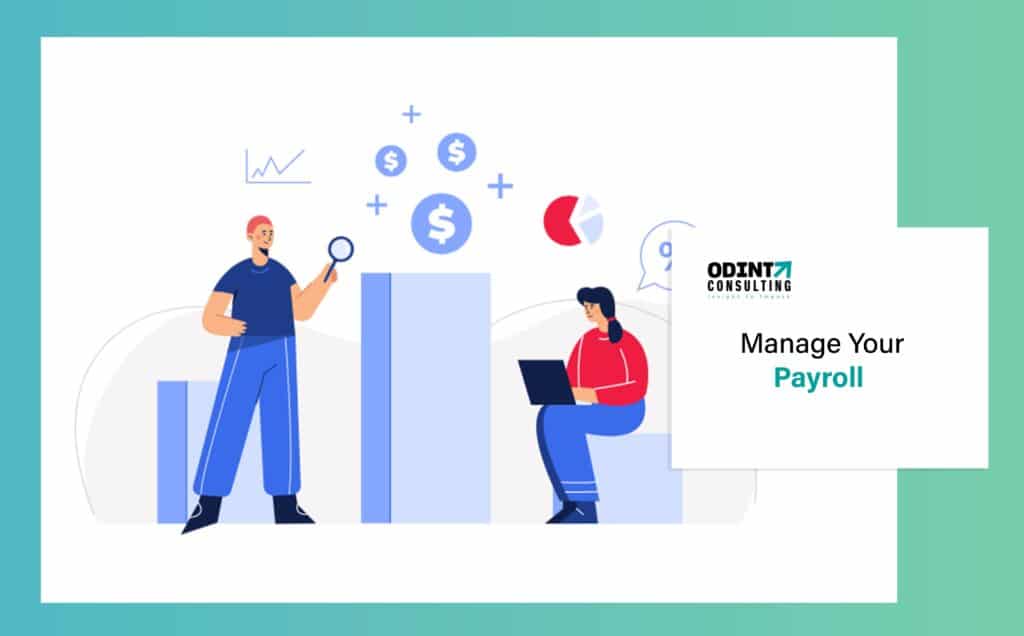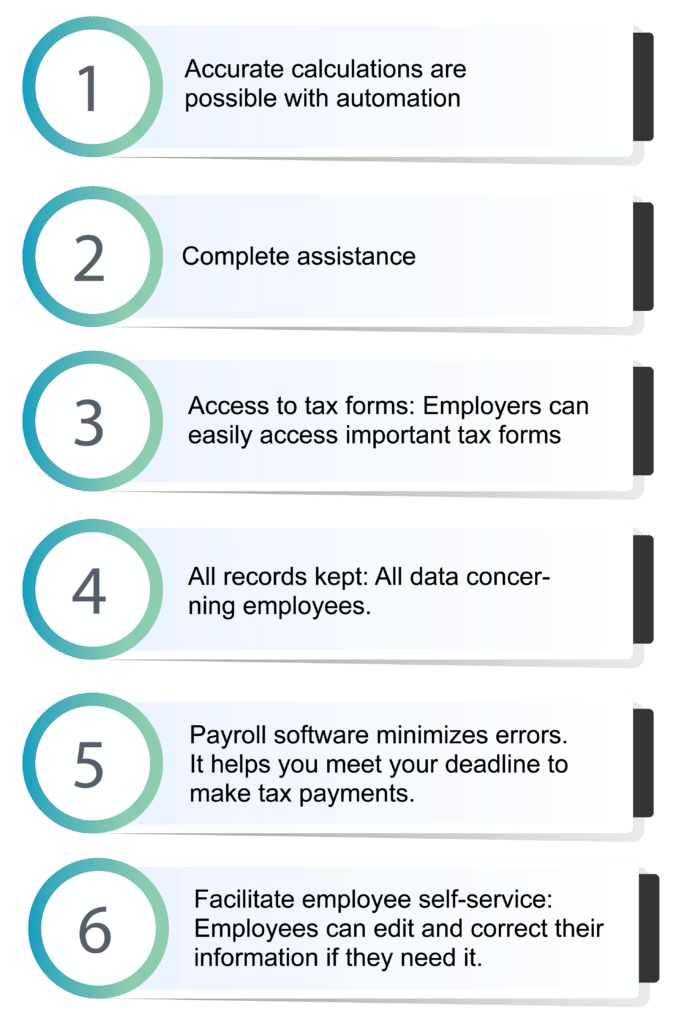
Overview: Advantages of Payroll Management System
Payroll is the amount of compensation an organization uses to pay employees for work performed within a certain time frame on a monthly base. In order to manage your payroll organizations have accounts or human resource departments. The owner usually manages small businesses and home-based businesses.
Most companies have outsourced their payroll management to companies that specialize in processing paychecks related to employee benefits and insurance. It provides employees with immediate access to salary information, speedier processing, and greater convenience.
However, digitally processed payroll data can be retrieved anytime and anywhere without any fuss.
Payroll management system:
For small businesses, it might not be a problem to manage payroll systems. But for big corporations, to manage your payroll can be difficult. All problems can easily be solved if you have a great payroll management system. Employers will feel more relaxed and can focus more on improving their productivity.
A definition of the Payroll Management System. In simple terms, a payroll system is a process of paying employees their salaries every month. Employers can demonstrate their commitments to their employees and government agencies through this process.
The importance of payroll management. To manage your payroll has become an integral component of a company’s operations. Employers are at risk of severe wage claims and heavy penalties if there is no efficient and accurate system for paying employees, filing income tax, and maintaining financial records.
Different methods of payroll management many payroll management systems make it easy for employers to manage their payroll. Calculate your budget, then choose the right system for you.
- Manual payroll system using the spreadsheet
If you have a small business or a home-based company with only a few employees, this system can be very useful. While it can be cost-effective, it can also lead to serious errors in calculations which could result in lost time and reduced productivity.
- The payroll software is a time-saving and administrative tool that allows you to manage your employees. It automates labor-intensive tasks. Employers will find it a great solution to accurately calculate and pay their net salaries. However, employers have complete control of the whole process.
Outsourcing Payroll
Large corporate houses that don’t want to deal with unnecessary headaches and have limited time often outsource the payroll management system of their companies. They either appoint an administrator service provider to manage your payroll or establish a contractual relationship with a Professional Employer Organization. This will handle the payroll management for the company. This PFO will handle all aspects of payroll administration including tax deposits and compliance. They also maintain financial records.
Payroll Management:
No matter the way how you manage your payroll, it is generally composed of the three above-mentioned steps.
- Prepayroll activities. This includes setting up the salary structure and the payroll cycle, employee adjustments (new joining/ resigning), salary increments, and data collection for the entire month. The data is then validated and used to process the actual payroll procedure.
- Calculations The employer calculates the employee’s average gross pay and deducts tax at the source to calculate the net pay. The employer also accumulates its tax liabilities during the same period.
- Post-payroll activities include verifying transactions and comparing current payroll with previous to ensure accurate payroll calculation. You can deposit taxes and there are no gaps.
Different Functions In The Payroll Management System
This list of functions is performed by accurate payroll management software. We are constantly developing regulations to help us manage your payroll process.
- Calculate employees’ wages: Employers can accurately track the hours worked by employees each month using time and attendance software. This applies only to contractors and not to salaried workers. Their gross salaries is their annual salary divided by the number of calendar months. It is now time to calculate some payroll deductions.
- Taxes: The Indian tax regulatory framework states that tax must be deducted from salary at the source. This amount must be remitted by the employer to the Government of India for the employee.
- Voluntary deductions: Some employees sign was written declarations to allow them to deduct part of their salary for their pension, life insurance premium, and/or payment to their unios.
- Mandatory Deductions: The Government typically notifies employees of certain mandatory deductions. This includes tax levies, child support, and other wage garnishments.
Salary slips and pay slips available:
After the employee’s salary is credited to their account, every employer must provide salary slips or pay slips. It can either be a hard copy or a soft copy that includes all the details of the employee’s salary.
6 Advantages of Payroll Management -

We can expect many benefits if you manage your payroll, such as
- Accurate calculations are possible with automation
- Complete assistance
- Access to tax forms: Employers can easily access important tax forms.
- All records kept: All data concerning employees.
- Payroll management software minimizes errors. It helps you meet your deadline to make tax payments.
- Facilitate employee self-service: Employees can edit and correct their information if they need it.
Conclusion:
Any organization must have a payroll management system. It makes it easy to pay employees. The chances of making mistakes are virtually eliminated because it was done using the software.
Payroll management systems are valuable because they allow employees to keep track of their details and pay taxes when due. And, last but not least, transparency regarding payment procedures is important.
If you’re still having questions regarding how to manage your payroll or any other questions, we are ODINT Consultancy. We are here to help you in every way.
FAQ’s
Payroll is the way employees get their salaries. These functions include reconciling and balancing payroll data, as well as depositing and reporting taxes. Payroll is responsible for wage deductions, recordkeeping, and verifying the reliability of pay data.
Payroll functions often cross over both the finance and HR departments. Recent surveys by payroll professionals have shown mixed views about where this crucial function should be located in an organization.
Employers can decide how much they will pay their employees by creating a salary range. A salary range includes minimum, middle, and maximum pay rates.
The software to manage your payroll is integrated with core business systems to ensure employees receive timely, accurate compensation in the right manner (direct deposit, check, payment card). The software can be accessed by employees to update their personal information and payment preferences.
